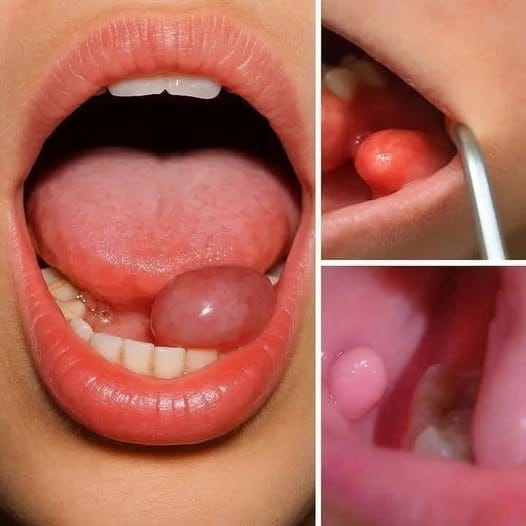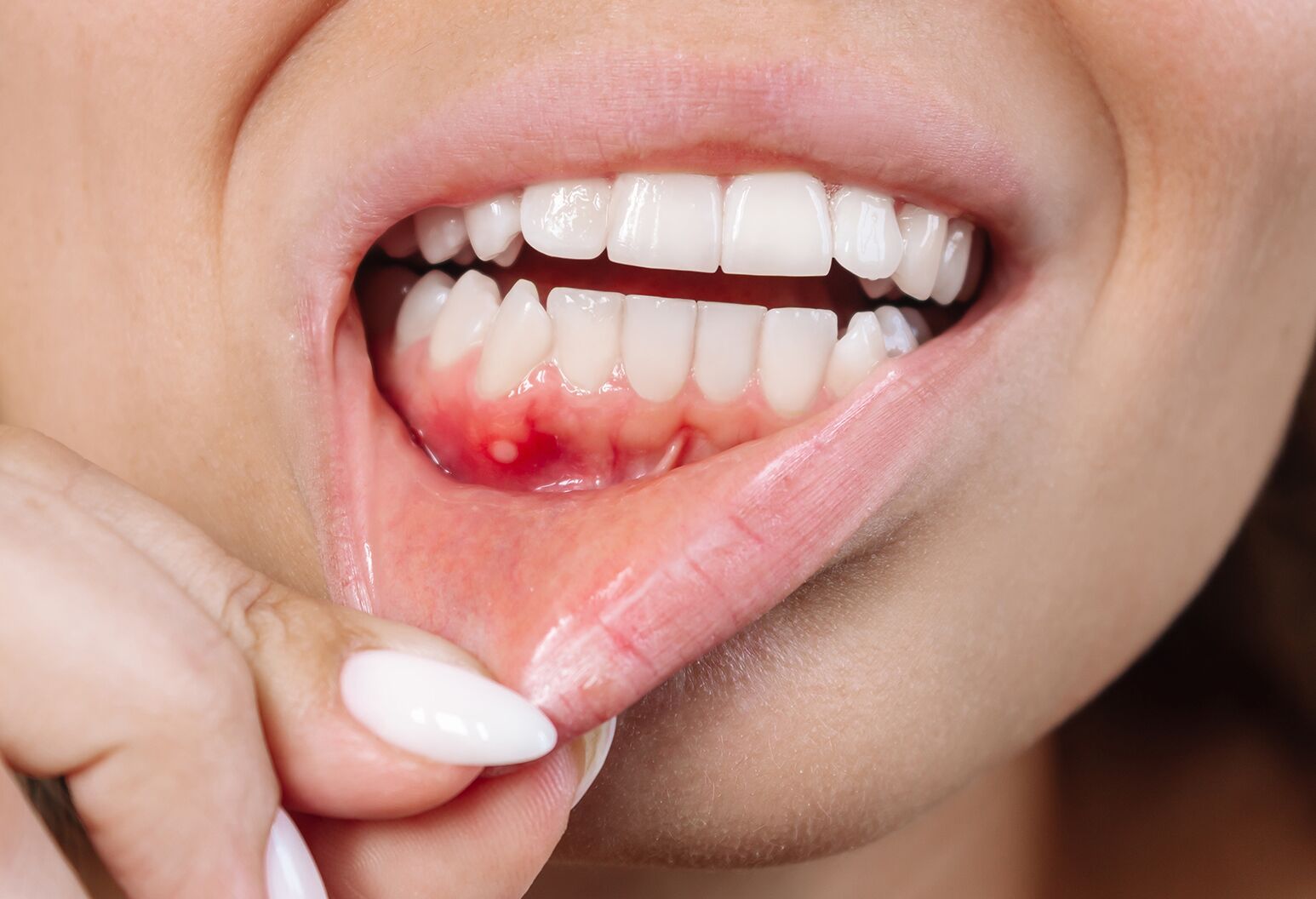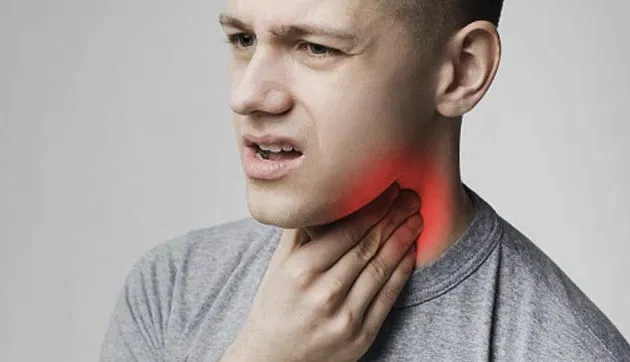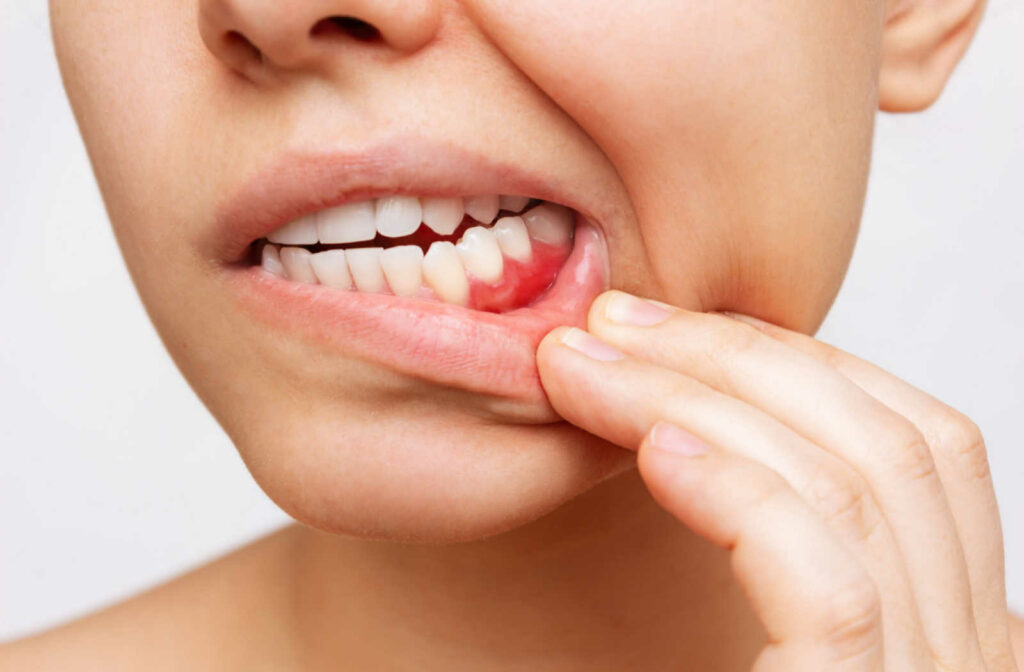
Oral cancer, also known as mouth cancer, can develop in various parts of the mouth, including the lips, tongue, cheeks, gums, and palate. According to the American Cancer Society, early detection of oral cancer significantly improves the chances of successful treatment. Unfortunately, the early signs are often subtle and easy to miss, so early intervention is crucial.
This article highlights the key early symptoms of oral cancer, based on information from reliable medical sources, to help you recognize when it may be time to consult a healthcare provider.
1. Persistent sores that do not heal
A mouth sore that doesn’t heal within two weeks is one of the most common early signs of oral cancer. According to the National Cancer Institute, these sores can appear on the lips, gums, or the inner lining of the mouth. They may not be painful at first, but they shouldn’t be ignored, especially if they persist without an obvious cause.
What to do: Any sore that lasts more than two weeks without signs of healing should be evaluated by a dentist or doctor.

2. White or red spots inside the mouth
Color changes in the soft tissues of the mouth can be an indicator of abnormal cell growth. These include:
- Leukoplakia: White patches that can’t be removed. According to the Mayo Clinic, they can develop due to chronic irritation and can sometimes lead to cancer.
- Erythroplakia: Red, velvety patches that can be more worrisome. These areas are more likely than leukoplakia to contain precancerous or cancerous cells.
- Mixed lesions: Some areas may present as a combination of red and white patches.
What to do: If you notice discolored areas in your mouth, especially if they persist or spread, schedule a professional evaluation.

3. Unexplained bleeding from the mouth
Bleeding that isn’t due to an injury or brushing may indicate something more serious. While occasional bleeding gums may be due to poor oral hygiene or periodontal disease, persistent or unexplained bleeding should be checked out.
What to do: If bleeding is recurrent and not related to brushing or trauma, talk to your dentist or doctor for further evaluation.

4. Lumps, thickened areas, or rough patches
According to the CDC, the presence of a lump or thickening anywhere in the mouth, tongue, or throat should be taken seriously. These may be painless at first but can grow over time. Uneven or rough areas on the gums, cheeks, or under the tongue can also be a sign of abnormal tissue development.
What to do: Any new growth, lump, or change in the texture of your mouth should be examined by a medical or dental professional.
5. Numbness or pain in the mouth or lips
Persistent numbness, tingling, or pain, especially if they occur without an apparent cause, may indicate changes in nerve function due to a growing injury. The American Dental Association notes that sensory changes in the lips, tongue, or chin should not be ignored, especially if they persist over time.
What to do: If you experience loss of sensation or persistent discomfort in your mouth or face, seek medical advice.

6. Difficulty chewing or swallowing
Discomfort when eating or the sensation of something stuck in the throat may indicate an injury to the throat or esophagus. Difficulty moving the jaw or tongue may also indicate an underlying problem. According to the World Health Organization, early-stage head and neck cancers, including oral cancer, can present with difficulty swallowing or speaking.
What to do: If swallowing, chewing, or moving your jaw becomes uncomfortable or painful, see a healthcare provider for an evaluation.

7. Persistent bad breath
Although bad breath (halitosis) can be caused by poor oral hygiene, a persistent odor that doesn’t improve with brushing or rinsing may indicate deeper problems. In some cases, underlying infections or changes in oral tissues can cause chronic bad breath.
What to do: If bad breath persists despite good dental hygiene and care, discuss it at your next medical or dental appointment.

Risk factors for oral cancer
Understanding your risk factors can help you prioritize early detection. According to the American Cancer Society and the CDC, these include:
- Tobacco use (cigarettes, cigars, pipes, chewing tobacco)
- Excessive alcohol consumption
- Human papillomavirus (HPV) infection
- Excessive sun exposure (linked to lip cancer)
- Over 40 years old
- Poor nutrition
If you fall into one or more of these categories, regular oral exams are even more important.
Importance of periodic reviews
Early detection is essential to improve outcomes. The Mayo Clinic recommends visiting the dentist regularly, as dentists are trained to detect early signs of oral cancer during routine checkups.
Tip: Dental checkups at least twice a year provide a valuable opportunity to detect potential problems early, often before symptoms become more severe.
When to seek medical advice
Any of the following symptoms that last more than two weeks should prompt a professional evaluation:
- Sores or spots in the mouth
- Unusual lumps or growths
- Persistent pain, numbness, or bleeding
- Difficulty swallowing or chewing
- Unexplained bad breath
You can start with your primary care physician or dentist, who may refer you to an oral surgeon or specialist for further testing if needed.
Conclusion
Oral cancer can be treated most effectively if detected early. Many of its early signs are painless and subtle, so it’s crucial to stay on top of it and get regular checkups. Paying attention to persistent changes in your mouth, such as sores, discoloration, or discomfort, can make a difference and save your life.
By staying informed and proactive about your oral health, you not only improve your well-being but also increase the chances of early diagnosis and successful treatment.
Reliable sources:
- American Cancer Society
- Mayo Clinic – Oral Cancer Symptoms
- World Health Organization – Oral Health
- National Cancer Institute
- Centers for Disease Control and Prevention – Head and Neck Cancer






Leave a Reply